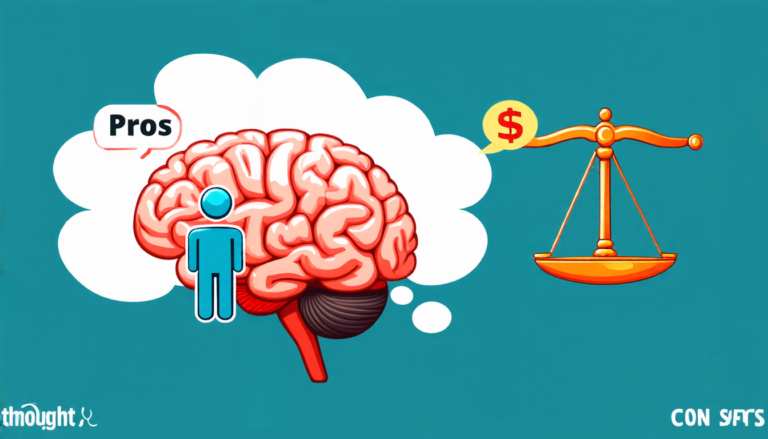Monday 07 April 2025
The latest advancements in large language models (LLMs) have been transforming the field of bioinformatics, enabling researchers to analyze and interpret vast amounts of biological data with unprecedented accuracy. These AI-powered tools are capable of processing complex genomic sequences, predicting protein structures, and identifying disease-causing mutations with remarkable precision.
One of the key breakthroughs is in the area of DNA sequence analysis. By leveraging LLMs, scientists can now accurately predict gene regulatory networks, which play a crucial role in understanding how genes interact to produce specific traits or diseases. This technology has far-reaching implications for fields such as personalized medicine and genetic engineering.
The development of LLMs has also revolutionized the study of RNA molecules. Researchers have created models that can generate novel RNA sequences, predict their structures, and identify potential therapeutic targets. This could lead to the creation of new treatments for a range of diseases, including cancer and neurodegenerative disorders.
Protein analysis is another area where LLMs are making a significant impact. By training AI models on vast amounts of protein sequence data, scientists can now accurately predict protein structures and functions. This has important implications for our understanding of protein misfolding and aggregation, which are associated with diseases such as Alzheimer’s and Parkinson’s.
Single-cell analysis is another area where LLMs are being applied. Researchers can now use these AI models to analyze the complex interactions between cells in a tissue or organ, providing valuable insights into developmental biology, disease progression, and treatment response.
The development of LLMs for bioinformatics has also led to significant advances in computational efficiency and scalability. These AI tools can process vast amounts of data quickly and accurately, freeing up researchers to focus on higher-level tasks such as hypothesis generation and experimental design.
However, there are still challenges to be overcome before these technologies can be fully integrated into the research workflow. One major issue is the need for larger, more diverse training datasets to improve model accuracy and generalizability. Another challenge is ensuring that these AI models are transparent and interpretable, so that researchers can understand how they arrive at their predictions.
Despite these challenges, the potential of LLMs in bioinformatics is vast and exciting. As these technologies continue to evolve, we can expect to see significant advances in our understanding of biological systems and the development of new treatments for diseases.
Cite this article: “Revolutionizing Bioinformatics: Large Language Models Unlock New Frontiers in Genomic Research”, The Science Archive, 2025.
Large Language Models, Bioinformatics, Genomic Sequences, Protein Structures, Disease-Causing Mutations, Gene Regulatory Networks, Rna Molecules, Protein Analysis, Single-Cell Analysis, Computational Efficiency.







